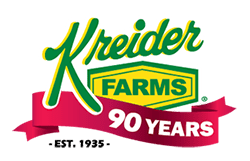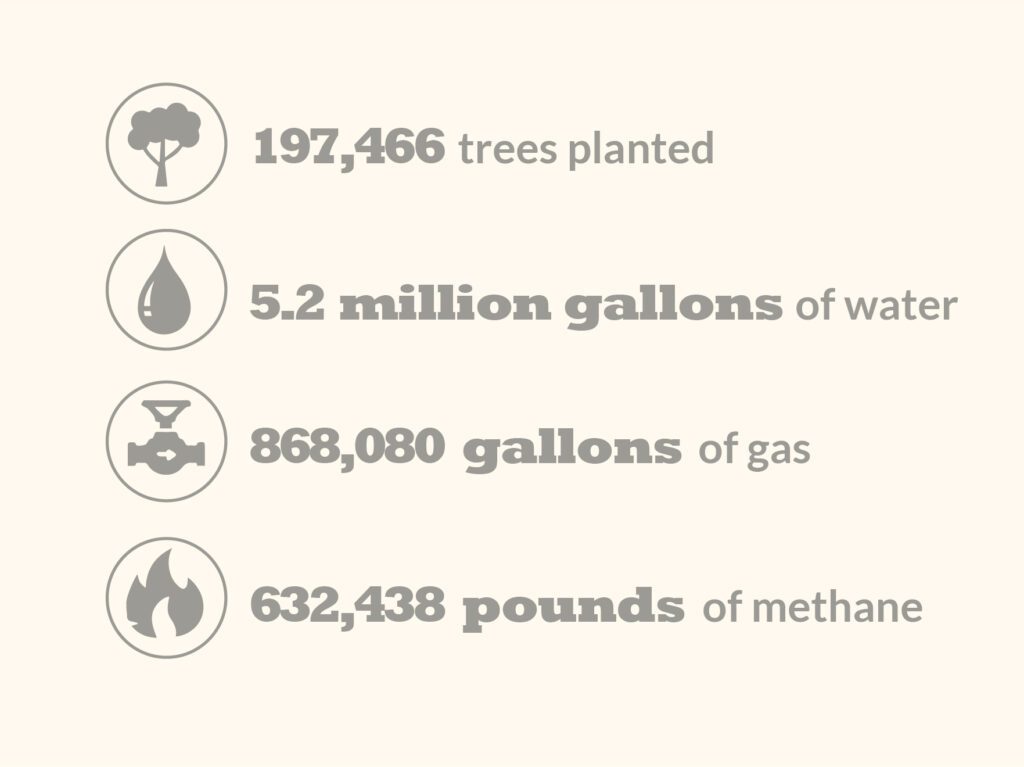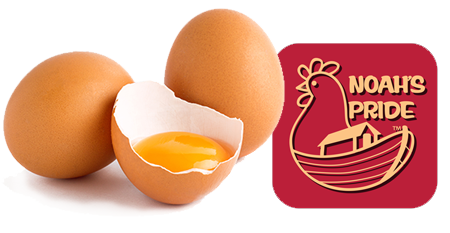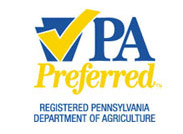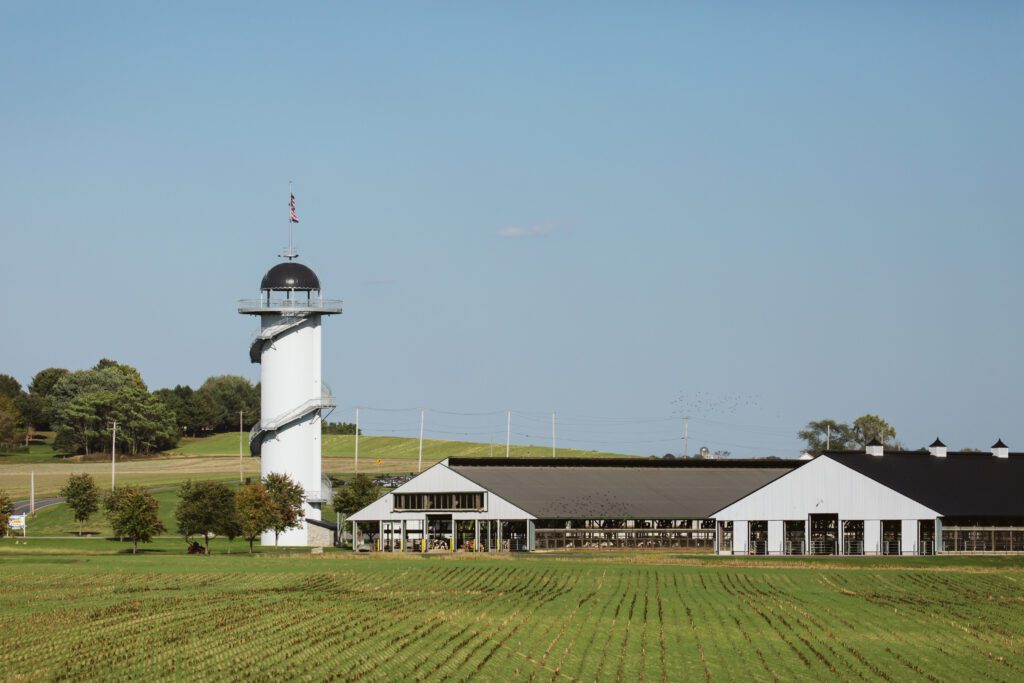
In recent months, you may have been hearing more and more about this term: “Regenerative Farming,” as it’s gained momentum among both small and large players within the agriculture industry. As consumers have become increasingly aware and sensitive to the origins of their food and the environmental impact and sustainability of its production and processing, companies like Kreider Farms are listening. But what exactly is regenerative farming and how does it impact our current processes here at the farm?
While a quick google search will explain all the depths and provide more details of regenerative farming that you ever wanted to know, we’ll give you the abbreviated version. Regenerative farming is a conservation and rehabilitation system of farming that aims to “improve the resources it uses, rather than destroying or depleting them,” as worded by the Rodale Institute.
At Kreider Farms we have always taken our commitment to the environment, sustainability and regenerative farming very seriously. That’s why we’re invested in continuing to innovate our practices and invest in technology that will improve waste management, protect precious water resources, and generate clean energy. We’ve made being good stewards of the land an essential part of our mission.
Here on the farm, we have four main areas that we focus on regenerative farming practices that maximize our sustainable output:
Waste Recycling
Preserving our Land
Protecting our Watersheds
Renewable Energy
Waste Recycling
On our combination egg and dairy farm, we have adapted several practices to reuse and recycle both our cow and chicken manure into high quality and nutrient-rich fertilizer for use across our farm. We even offer a manure and potting mix blend made up of a mixture of our recycled manure with other added nutrients for all your at-home gardening needs. One of our practices that makes us truly unique from other farms, is our recycling of our dairy solids into bedding for our cows! Take a look at the process in this video:
Preserving our Land
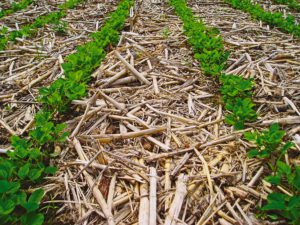
Protecting our Watersheds
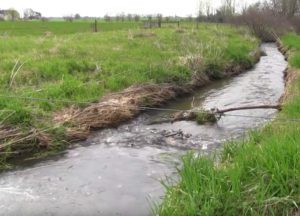
Renewable Energy
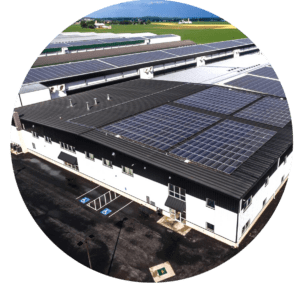
So, in short, Kreider Farms is truly a farm-to-fork company, dedicated to local agriculture and land preservation practices. While we’ve been implementing these practices for years, we constantly learn and improve our methods as new technologies and information becomes available. Still interested in learning more? You can read about all of our efforts in more detail on our Regenerative Farming page here.
